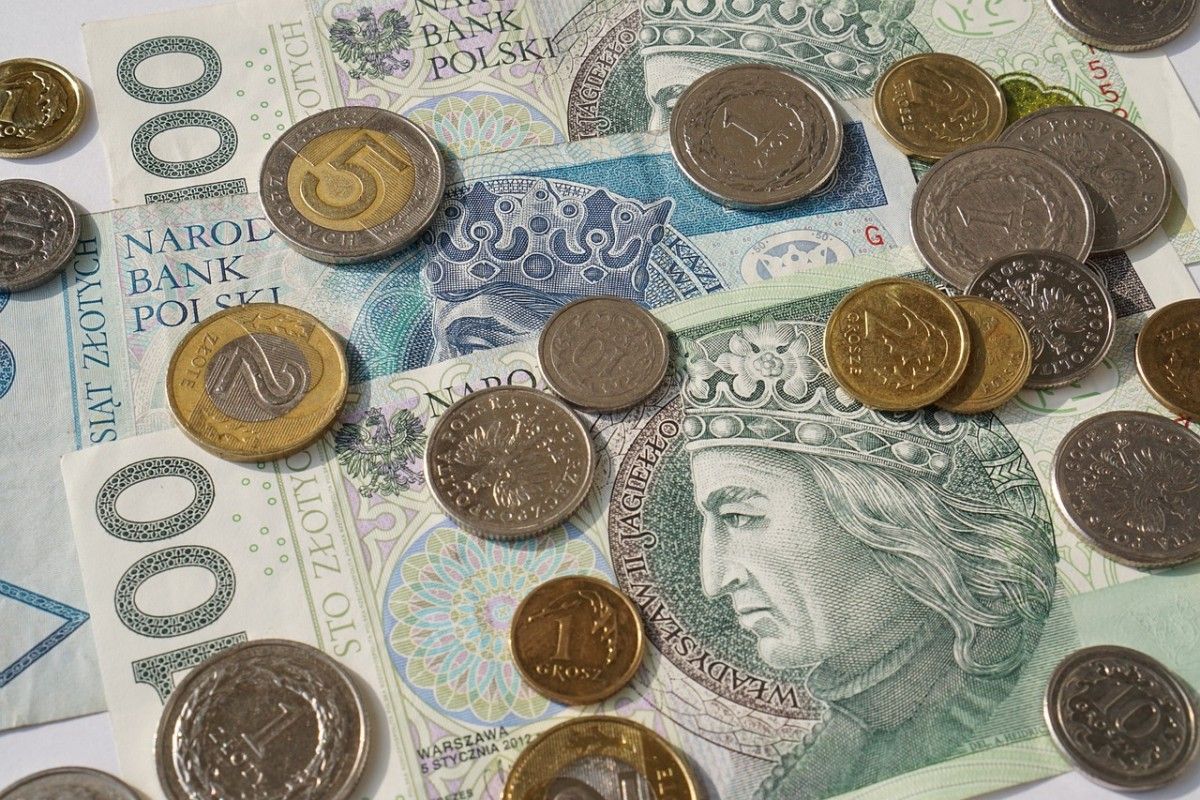
Lutnick: Beijing „Eating” Majority Of China’s 52% Average Tariffs
Commerce Secretary, Howard Lutnick, said that foreign governments have been bearing the brunt of U.S. tariffs over 15 percent, with China paying the lion’s share.
“China is paying an average tariff of 52 percent. But the government of China is eating most of it. So while that’s a high average when you count in China, the government of China is covering most of that cost,” Lutnick said on CNBC’s “Squawk on the Street” on Sept. 11.
As Epoch Times notes, Lutnick said that most countries aren’t facing tariffs above 15% and that when they do, the foreign governments step in to keep their businesses afloat while they negotiate better terms.
“The model is clear: 10% tariffs or less are paid by the manufacturers, the distributors, the businesses,” he said. “The consumer doesn’t pay. The consumer doesn’t pay because the seller doesn’t want to raise prices, because if they could, they would, but they don’t want to sell less. So they eat it.”
If the duties are between 10 and 15%, the distributor and manufacturers share the cost at about a 60-40 split, he said, resulting in about a 2 percent price increase with tariffs of 15%.
“And above 15%, no one can handle that … unless the government covers it. So what you saw in cars, when you had 25%, before Europe made their deal and Japan made their deal, the government of South Korea and Japan and Europe covered it, because they didn’t want to hurt their employment,” Lutnick said.
This confirms our own previous reporting, focusing primarily on Japanese auto exports where virtually all these tariff costs have been borne by domestic carmakers.
Japan Finally Admits Its Carmakers Have Been Paying All Trump Tariff Costs As Trade Talks Collapse https://t.co/pdXWN1Za8D
— zerohedge (@zerohedge) July 2, 2025
“You’ve got to remember, these are big things, and our president is playing the big hand for America, and some of the governments play the little hand for their countries’ good,” Lutnick said, adding that this is why citizens have not seen price increases as a result of the tariffs.
“Our average tariff rate is not that high. Most of the world is less than 15 percent.”
Lutnick said Trump’s tariff strategy has changed the way other countries meet the United States at the table, pointing to the Japan and EU deals as an example. While Europe has agreed to U.S. car imports with no tariffs, Japan culturally has no market for U.S. cars, Lutnick said. Japan has instead agreed to invest $550 billion in American projects of Trump’s choice during his term in office, effectively to “buy down their tariff” at no cost to its own taxpayers, he said.
“Tariffs are bringing in $40 billion a month, bringing down our deficit,” Lutnick said. “It’s going to grow to $700 billion a year, and with growth of our economy the president says it’s going to get to a trillion.”
He predicted a construction boom in the first quarter of next year, with new factory building worth roughly $10 trillion and gross domestic product growth even before the factories open.
“You’re going to see factories get built in America at a scale you have never seen before,” he said.
Tyler Durden
Thu, 09/11/2025 – 23:00











